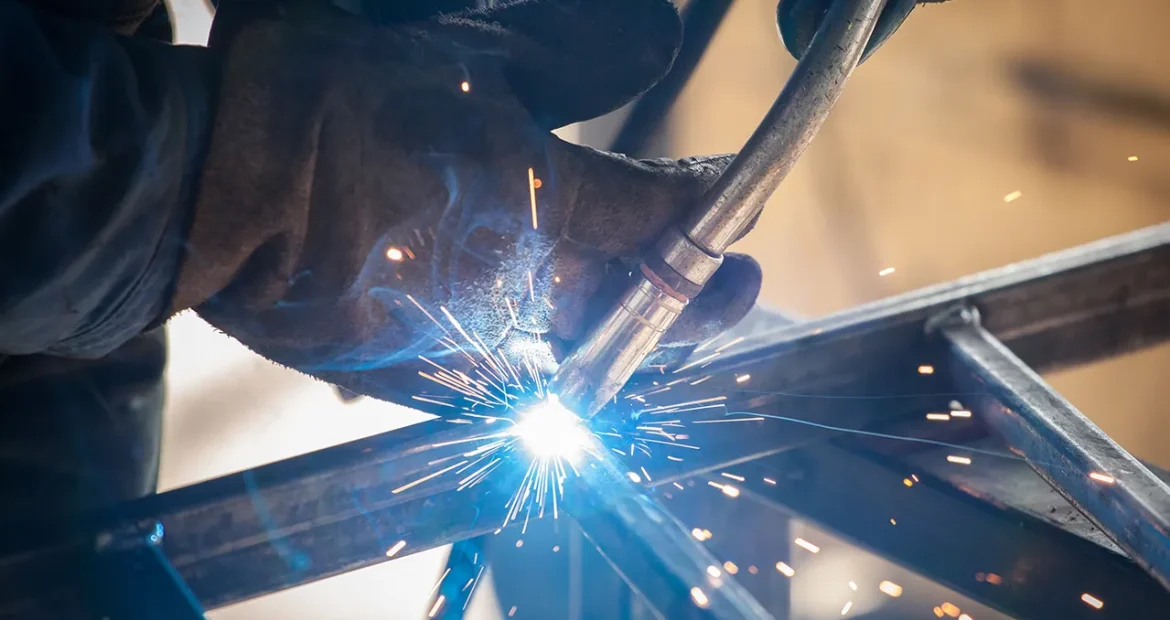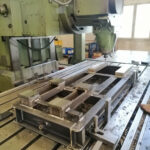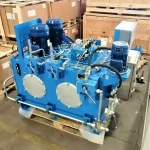If you are a welding professional, then you will certainly know the basics of the trade and how to do a job to a good professional standard.
This article takes a more detailed look at the differences between MAG and TIG welding, two of the most used welding methods in industry and the building trade.
MAG and TIG welding
Welding is the term used to describe the process of joining two metals together, whether they are different or the same type, to create a brand new item.
Let’s start with the acronyms: MAG stands for Metal Active Gas and TIG for Tungsten Inert Gas, and this already goes some way to explaining the differences in the two methods.
What is MAG welding?
MAG welding is a technique that uses active gas as its predominant component, which is added to an inert gas in the mixing stage.
The purpose of this choice is to make sure that the metal does not suffer the consequences of oxidation, which occurs naturally during the welding process, to preserve its natural beauty and shine.
This is the fastest and most widely used process in industry, since on one part, argon shields the weld, while on the other, CO2 ensures excellent penetration.
The working autonomy is very high, and it can arrive as far as the base of the reel. The speed is also good, since it is possible to create welding seams in very short timeframes, and therefore, to optimise production.
MAG welding can be used to achieve a good degree of efficiency on all types of metal, using a specific welding machine for this procedure.
Working precision is medium-high and therefore, at the end of the welding process, there is no need for too much finishing work.
Working is quick and easy, for satisfactory results with just a few tries and not too much experience in the trade.
Let’s look at the differences to TIG welding.
What is TIG welding?
TIG welding uses inert gases, such as argon, which serve to protect the weld.
There is also another element, an electrode in infusible tungsten, which has the task of igniting and then forming a correct welding arc. The result is a quality weld in terms of precision.
Since the arc created is so stable, the filler material can be added manually, using a rod that is inserted directly into the weld puddle to create a seam with a consistent structure.
The autonomy of this welding process is lower than for the previous method if filler is used, and it requires a high degree of skill and precision accuracy.
This is therefore a method especially for experts in the trade, since it requires the coordination of both hands and a good awareness of welding and the behaviour of the different materials.
All metals can be welded using this technique, since the arc it creates is extremely stable with no projection.
Other differences between MIG and TIG:
MIG and TIG welding are therefore different methods used to obtain the same result, with MIG using direct current and TIG, alternate current, which is better for welding lighter metals such as aluminium, magnesium, and copper.
MAG welding is suitable for the heavy-duty production of carbon and steel pipes and tanks, which require the use of more consistent alloys.
Don’t hesitate to reach out to Riva Tecnoimpianti for more information about these types of welding.











